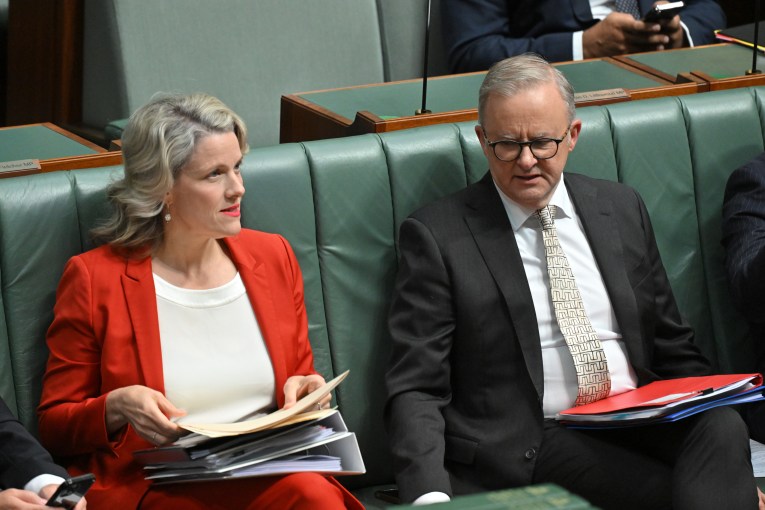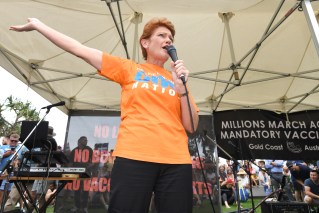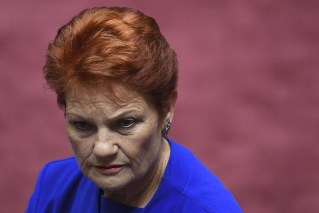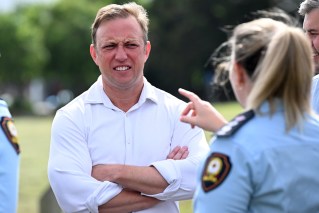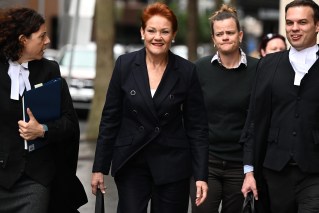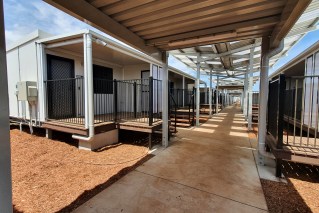Of the many things the budget does not explain, this could be the most important
A cock-sure Anthony Albanese is still basking in the warm glow of his election victory. But difficult questions remain for the months ahead, particularly whether we’re likely to face another poll, writes Dennis Atkins

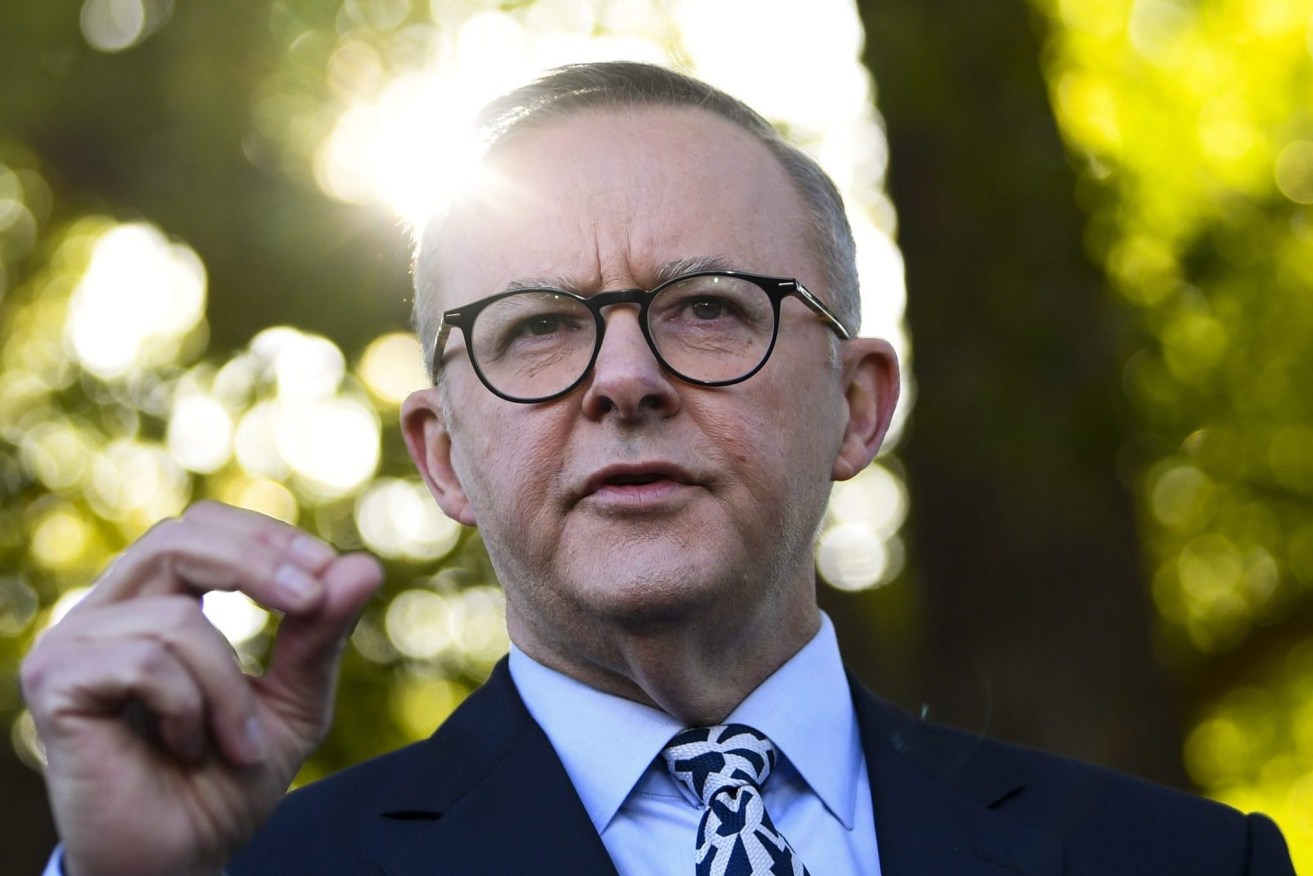
Prime Minister Anthony Albanese faces some surprisingly large decisions over the coming months, particularly when it comes to the climate change wars. (AAP Image/Lukas Coch)
There’s a question left over from this month’s federal budget and we won’t have an answer for some time yet – perhaps not until after the next financial statement in a year’s time.
The question is whether this Budget really did what it looked like it was doing – leaving the Albanese Government, just one year old this week, the maximum amount of political room to move.
It was easy to sit back on Budget night, watching Jim Chalmers turn in what is becoming a comfortable, relaxed and reliable political performance for his colleagues, and think the strategic backdrop at play is that all options are open.
At the top of such a list of strategic possibilities is the big play for a new government – whether or not to run full term or to take a chance in the afterglow of a popular election and grab a second term in the waning early phase.
More often than not early elections end badly. Bob Hawke was taken to a much reduced majority after running to the polls just under 20 months after his first election win in March, 1983.
An increased parliament meant all major parties had more seats but the Coalition under Andrew Peacock jumped by 16 while Labor went up by just seven.
In 1998 John Howard chanced an early poll, albeit just six months before it was due, but he lost almost all of his majority, dropping 14 seats while Labor picked up 18.
Since these high stakes gambles, most governments have run out the clock, preferring Paul Keating’s advice that you never give away a minute in office.
Albanese is exuding such confidence cartoonists are rolling out the old Gough Whitlam meme of a leader appearing to walk on water which, apart from fuelling some chuckles among colleagues, suggests Albanese is cock-sure enough to think he can make his own history.
After all, he won the election despite most in Labor doubting his ability – he told colleagues during strategy zoom meetings he was like Joe Biden. His continued electoral success – see the Aston by-election – and policy dominance have validated this view in Albanese’s mind.
In these circumstances, he might be brave enough to try bucking the precedents and ask the electorate for a second term just after his second year is up.
The polls this week will not dampen such thinking. Newspoll might not have been a hit out of the ballpark but it was in the upper range of how Labor budgets are received and the Resolve survey on particular components was, for the most part, better than anyone could have expected. It’s not often a spending measure manages four in five people giving it a tick of approval as happened with the big Medicare spend.
Any decision by Albanese and his campaign boss Paul Erickson to go early will be considered and taken in the aftermath of two events – the Voice to Parliament referendum outcome and the next Budget in May, 2024.
The referendum outcome is important but not pivotal. A loss would be a blow to Albanese but the LNP – and Opposition leader Peter Dutton in particular – has put itself in the box seat to carry much of the blame.
As a side note, there is probably a reason Dutton has gone very quiet on the Voice since the Aston defeat – he knows he’s messed up what might have been a tactical win.
The Budget is the other key event. It will need to say something about the future of revenue because, as every published government document in the last 12 months has shown, we’re not living long like this.
There is just not enough revenue to pay the bills for essential social needs – especially funding primary health care, child care, aged care and disability support. This doesn’t go near the massive long term cost of defence, housing and infrastructure.
This pachyderm in the room might be big and lumbering but it can’t hide the unavoidable question of what to do about the stage three tax cuts left in the finance filing cabinet by Scott Morrison and Josh Frydenberg.
At a 10 year cost of $313 billion (according to the latest Parliamentary Budget Office estimate), this is either an unaffordable and unnecessary indulgence for the upper middle class or a key feature of flattening a tax base that used to have progressivity at its heart.
Chalmers knows something has to give and he has the support of most of his colleagues. He tried to kick off a discussion about dealing with these tax cuts before his first budget last October but Albanese took out the prime ministerial saw and removed the tree branch the Treasurer was on.
There are mixed signals about whether Albanese is willing to have the revenue discussion that’s needed. Some people claim he is and that he will back his Treasurer when the big question about the future of stage three is asked.
Others are parsing his post budget sentences and finding cause for doubt. To some, Albanese looks like he thinks because those on $45,000 are getting a $300-plus annual tax cut, the bigger cuts are okay (despite the rate of benefit spirals up to just under $10,000 a year for those earning more than $200,000).This debate cannot be avoided. If Labor takes it on and moves on dumping or redesigning significantly stage three there will be a fight with the Coalition – it will be an old fashioned tax and spend argument which, in these post pandemic days of big spending, might not be so hard to win for the ALP.
However, if Albanese plays for what might look like safety and sticks with the leftover Morrison/Frydenberg handouts he could pick a fight more dangerous and costly for Labor.
The threat to Labor these days is just as much from the left as the right – and in some cases more so. Greens can and will attack Labor in inner urban seats – and second ring electorates – and there might be an opportunity for a new wave of “teal” style independents. This asymmetrical threat could cost Labor much more dearly than anything Dutton and the LNP might pose.
This is the landscape for the coming months. Labor has certainly kept its options open – working out which way to go will be the hard stuff of politics in the post pandemic world.
